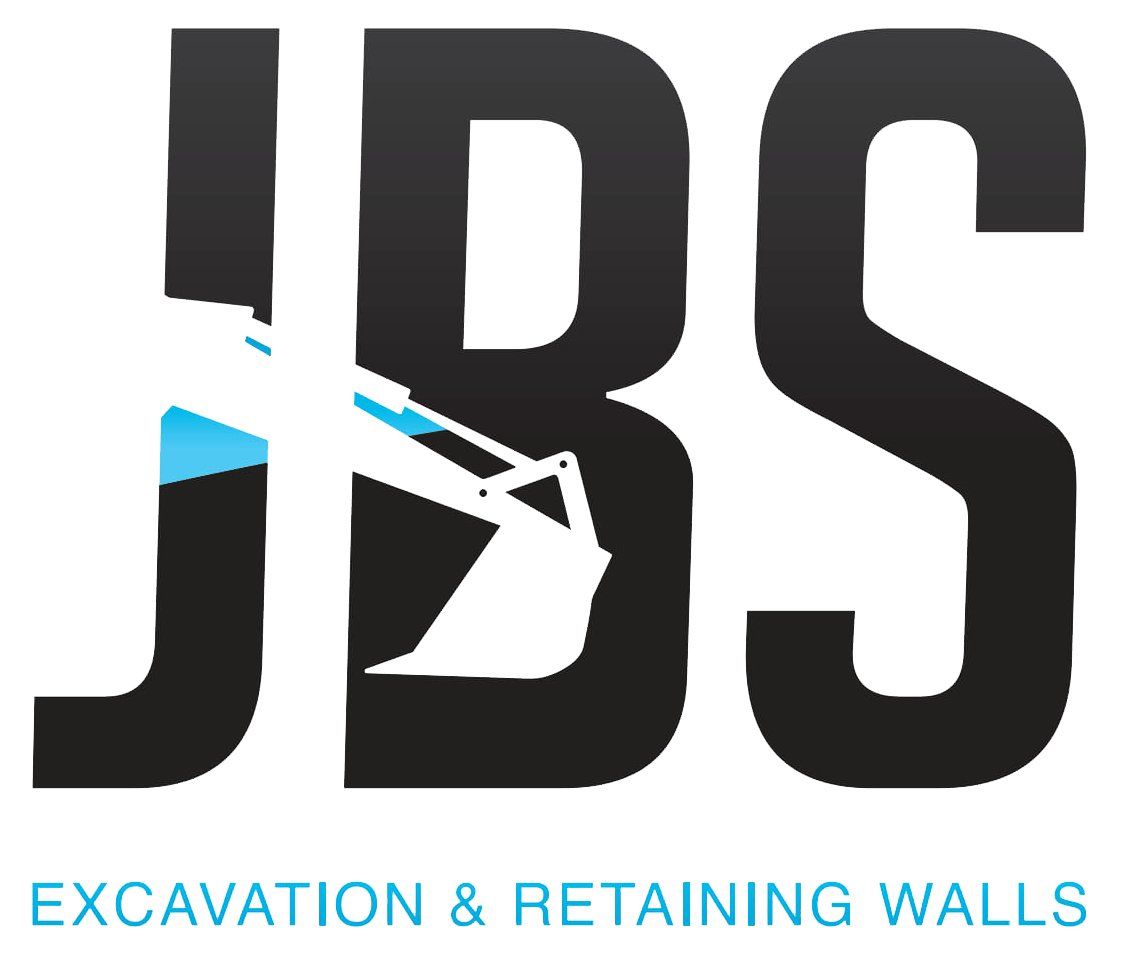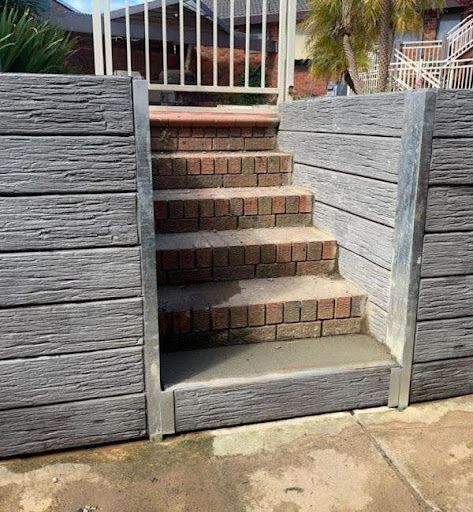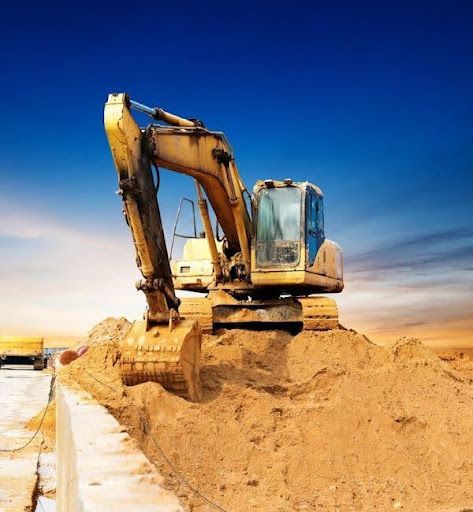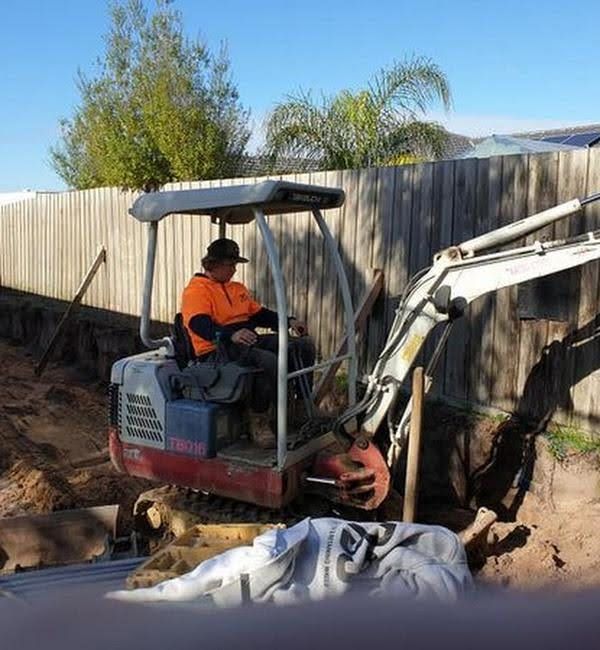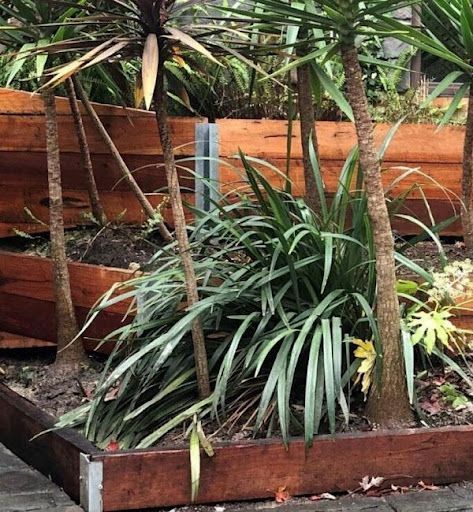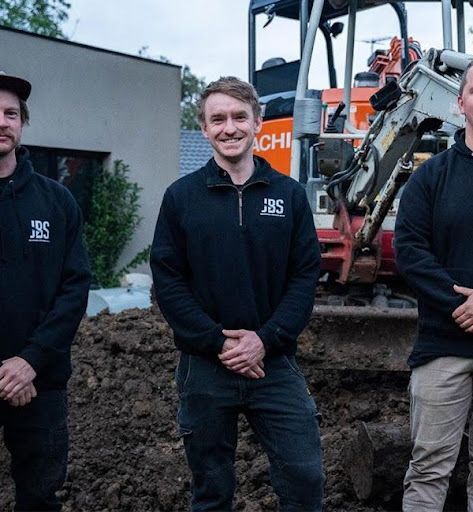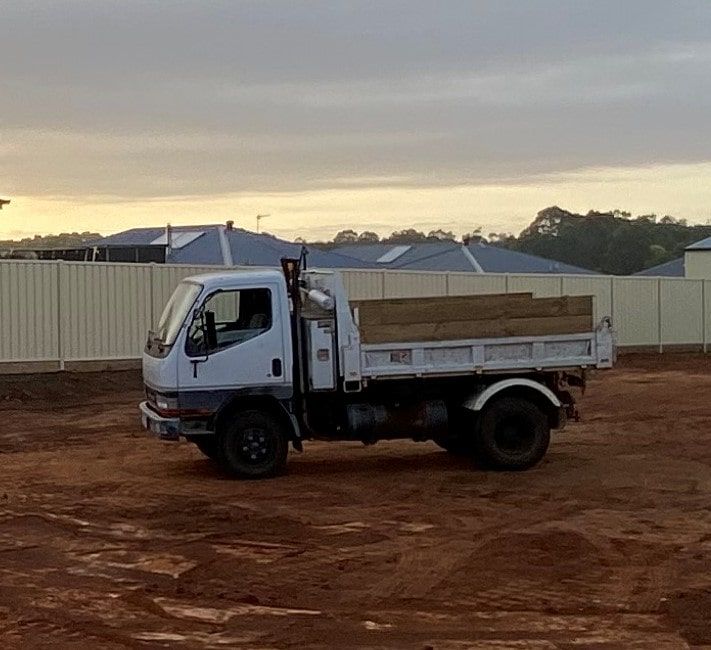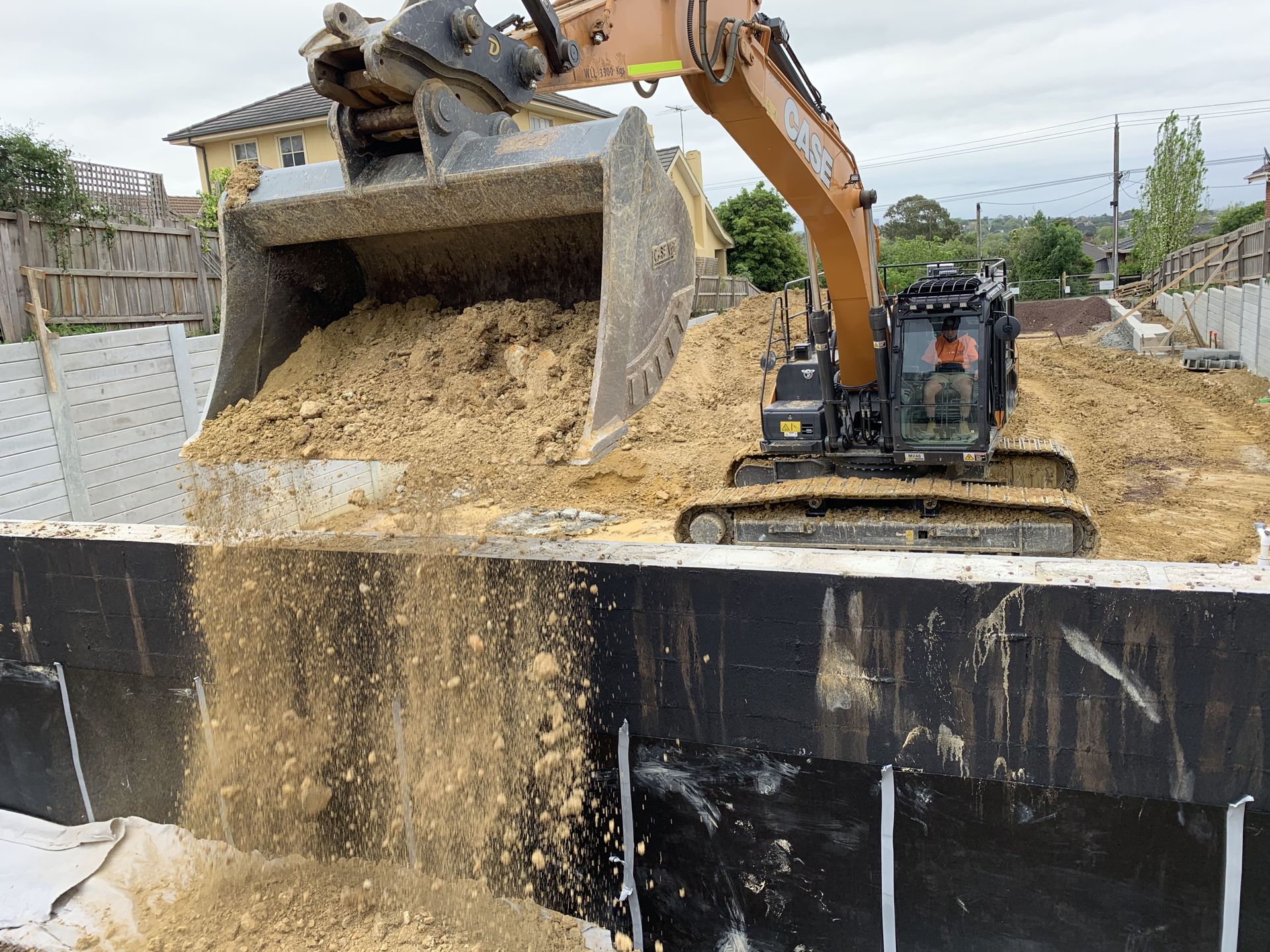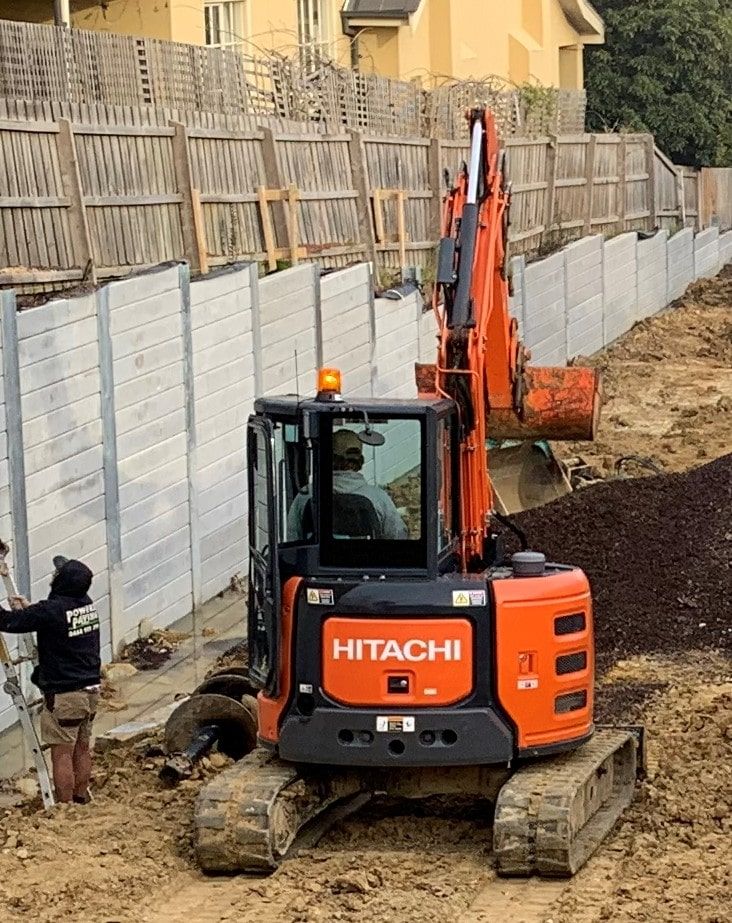Narre Warren Victoria 3805 Australia
0430 508-502
Benefits of Retaining Walls: How They Can Improve Your Home and Landscaping
What are Retaining Walls?
Retaining walls are structures designed to hold soil or other material in place. They are often used to create level surfaces, prevent erosion, and add aesthetic value to landscapes. Retaining walls can be especially useful for homeowners looking to add a more attractive look to their yard and to help manage water runoff by keeping soil from washing away.
Proponents of retaining walls suggest that added stability from the structure helps protect against risk of landslides and other damages due to shifting soils. They also point out that retaining walls, when built properly, can increase the usable outdoor space in a yard, as well as provide extra seating options and improve drainage of rainwater. Furthermore, with careful selection, a retaining wall can enhance the look of any property and make it visually appealing.
Research has shown that property values do tend to go up when they are added around yards. This means that when homeowners carefully assess their needs and plan ahead for the installation and upkeep of a retaining wall, the rewards of increased stability and protection plus enhanced aesthetic appeal will likely outweigh any cost associated with having one built.
Types of Retaining Walls
Retaining walls serve a vital purpose in landscaping and construction. To provide the necessary support and stability, it is important to familiarise yourself with the different types of retaining walls that are available. Common types of retaining walls include gravity walls, gabion walls, timber walls, sheet pile walls, crib walls, and stabilised soil block walls.
Gravity retaining walls utilise large masses of masonry or concrete to resist and distribute lateral pressure from the soil behind them. They are often used for residential areas since they can be easily manipulated into various shapes and sizes by stonemasons and bricklayers. Gabion Walls are made out of prefabricated wire cages filled with rocks or gravel. These cages are then stacked on one another to form a wall which is extremely durable and perfect for slopes with high terrain changes. Timber retaining walls rely on wooden posts and planks which are connected together in order to hold back large amounts of soil. Sheet pile retaining walls feature long sheets of steel that are driven vertically into the ground in order to create a stable barrier against soil erosion. Crib Walls include preassembled structures that contain empty pockets in order to fill with rocks or sand which provide additional weight in order to hold back large amounts of soil. Finally, Stabilised Soil Block Walls use blocks made out of compressed grasses, clays, and soils in order to create stable barriers against erosion.
It is essential for homeowners looking for retaining wall solutions to decide which type best fits their individual needs and terrain conditions as each one provides unique benefits depending on what your environment calls for. Now that we have discussed the different types of retaining walls available, let's take a look at some of the advantages that come along with installing one on your property.
Benefits of Retaining Walls
One of the primary benefits of retaining walls is the fact that they have the potential to increase your property value. If done correctly, a well-built retaining wall can add beauty and stability to your home, resulting in an overall increase in its market value. On top of their aesthetic appeal, retaining walls are capable of providing extra support for any soil or foundation. This can help prevent flooding, erosion, and landslides. Additionally, a properly constructed and maintained wall will help ensure that your landscaping stays intact even through shifts in terrain or extreme weather conditions.
No matter which side of the fence you sit on when it comes to retaining walls, there are many scientific studies out there that provide evidence in favour of their use at home and in commercial landscaping applications. For instance, a 2014 study conducted by researchers at Northwestern University found that "retaining walls can reduce wave energy along nearby coastlines," which is important for mitigating both beach and river erosion. Similarly, other research has shown that proper installation of a retaining wall can lead to increased drainage and improved ground stability for upslope sites.
Structural Benefits
Retaining walls also offer a number of structural benefits as well. Primarily, they serve as a way to help redirect the pathogens of storms and floods, preventing damage to property nearby. While naturally occurring banks and berms will eventually erode away, retaining walls built from more durable materials will prevent the water from washing away valuable soil. Additionally, these walls can help keep areas that were susceptible to landslides safer and secure.
Of course, due to their height, some may worry that a retaining wall could pose an additional risk to the safety of their property in the event of a large enough storm. However, certified professionals will know how best to construct and design these walls in order to guard against this potential danger. They will also be able to select materials that are appropriate for your area, such as concrete blocks or boulders that can withstand any pressure put on them.
By consulting qualified professionals and considering all aspects carefully, homeowners can be sure to get the most out of the structural benefits provided by retaining walls. From shielding against flooding and landslides, to providing protected areas for planting gardens or growing specimens trees, these structures are invaluable additions for those looking for more reliable ways to secure their home and its property from natural disruptions. As you now know, there is more to these walls than just aesthetic appeal.
Aesthetic Benefits
When it comes to the aesthetic benefits of retaining walls, there is no denying that they can make great changes to both your home and your landscaping. Not only do retaining walls add an appealing, contemporary flair to a property but they also act as a great way to bring colour and texture into your yard. Additionally, an added perk to having retaining walls in your landscaping is that you can place different kinds of plants and shrubs along the wall in order to create visual interest and contrast virtually anywhere.
Years of experience from the team at JBS Walls know that when properly installed and maintained, retaining walls can become an integral part of overall landscaping design. They provide a unique framework for all kinds of exotic plants and flowers to thrive upon which can in turn help transform an otherwise plain-looking yard into an eye-catching masterpiece. As previously stated, rock structures or other kinds of stonework can also be used as part of the design on or around the wall which adds another layer of complexity and beauty with every additional detail added.
Environmental Benefits
Retaining walls can have a positive impact on the environment by reducing soil erosion and further protecting the habitat in which we live. Not only do they help prevent erosion on slopes, they can also help reduce soil runoff that can harm aquatic wildlife. Furthermore, they can improve water filtration and act as an effective water management tool.
From an environmental standpoint, a well-designed retaining wall offers an advantageous option for controlling the natural flow of water while preserving existing vegetation and promoting responsible landscaping methods.
By considering both aesthetic and environmental benefits of structured retaining walls, homeowners can enjoy enhanced curb appeal while also making a positive contribution to their local ecology. Now, let's look at how these structures can improve your home’s health and safety as well.
Health and Safety Benefits
The health and safety benefits of retaining walls cannot be overlooked– both for the homeowners themselves, as well as the neighbouring community. With these walls in place, they can help to protect properties from mudslides and flooding. They also reduce noise pollution as cars driving down a hill can be muffled by a retaining wall.
Retaining walls can be essential for enhancing safety and keeping homes secure. Mudslides and flooding can be reduced with well-constructed walls. They claim that while building a wall may cost somebody money up front, these structures save them more money in the long run due to less damage caused by mudslides and floods.
To ensure that their wall is safe and secure, it’s important for homeowners to do their research on building permits and hire experienced contractors such as JBS Walls who have proven experience constructing
retaining walls Drouin and surrounding areas. This way, they have peace of mind in knowing that the structure is secure and will not pose any safety dangers in the future.
Choosing the Right Wall for Your Property
Choosing the right wall for your property is an important step in taking full advantage of the health and safety benefits of retaining walls. Depending on the size and complexity of your project, you may choose from a variety of wall types including natural stone, concrete block, or timber. Each of these have their own benefits and drawbacks so it's important to consider them all.
When deciding between natural stone and manufactured products such as concrete block or timber, consider the longevity of each material as well as local zoning restrictions or environmental concerns. Natural stone walls may last centuries but may require additional governmental permitting or assessments due to their permanence. On the other hand, concrete block and timber retain less value over time and need to be replaced more regularly.
The overall appearance of your property must also be taken into consideration when selecting a wall type. A natural stone wall may provide a more rustic look while concrete blocks may give a more modern feel with alternating brick patterns that add texture to the landscape. Timber can be used to create low cost fencing while providing an intuitive structure suitable for residential applications.
Any choice you make should take into account both short-term and long-term goals for your home. The right wall type will not only improve how your landscaping looks, but also how it functions in terms of safety considerations and drainage management. Keeping these factors in mind will ensure your investment provides not just aesthetic appeal, but also durable stability for years to come.
With the right selection made, homeowners can move on to installation and maintenance. Proper setup is essential for lasting quality, so it's important to have a plan for getting the job done correctly. If you are considering a retaining wall, then it would be wise to consult the
JBS walls team who are experienced in building
retaining walls Emerald.
Installation and Maintenance
When it comes to materials choice, concrete block is the most popular for its durability and aesthetic appeal. Stone is a more expensive option but offers greater strength, as well as better resistance to weathering and erosion. Wooden walls are attractive and cost effective, but may require more maintenance in order to keep them looking good.
The installation of a retaining wall begins with proper soil preparation. A foundation must be laid to create a level surface on which the wall will stand, followed by compaction of the soil surrounding it for additional stability. After this is complete, the wall can then be constructed using either concrete blocks or wooden posts, depending on your chosen type of wall. If you opt for a stone wall, you'll need to hire professional masons who have the right experience in creating such a structure.
Once your wall is built and standing sturdily in place, it must undergo periodic maintenance if it is to last over time. Keep an eye out for any cracks or signs of wear and tear, which should be immediately attended to avoid further, more costly problems down the road. Also check for any loose mortar holding together any concrete blocks; these areas should be addressed as soon as possible lest they weaken or collapse entirely. For wooden walls, check regularly that they remain securely fastened into their posts since constant sunlight can cause the wood to warp or rot over time.
Finally, vegetation around your newly installed retaining wall should be monitored too in order for the wall’s structural integrity remain uncompromised – roots can penetrate through gaps between stones, undermining their stability and thus resulting in damage or even collapse of your wall. Trimming back overgrown vegetation and ensuring no plants become rooted near keeping walls will help mitigate this issue considerably.
Need to contact the JBS team to discuss your project?
Click Here.
Commonly Asked Questions
-
What are the potential drawbacks of retaining wall installations?
One potential drawback of installing a retaining wall is the cost. Installing a stone, block, or concrete retaining wall can be expensive and labour-intensive. Additionally, depending on the location of the wall and the material used to build it, an engineering inspection and/or a permit may be required. The land itself may need to be levelled before installation in some cases, which also adds to the overall expense.
Retaining walls are also prone to water damage if not installed and maintained properly. If drainage plans aren’t followed precisely, water can cause cracks and fractures in the wall. They may also be susceptible to frost heave during cold winter months.
Finally, the design of a retaining wall should be planned carefully as changes or alterations after installation can be difficult without substantial reconstruction work.
-
What factors should I consider when planning a retaining wall project?
When planning a retaining wall project, there are several factors to consider. First, decide how much of a space you need the retaining wall to cover. Make sure to account for any changes in slope of the land and calculate roughly how many blocks or materials you’ll need.
Second, think about your budget, as materials and labour costs vary significantly depending on the size and type of wall you are building. Selecting a low-maintenance material can save you money down the road in terms of upkeep and repair costs.
Third, consider the aesthetics. Retaining walls add structure and visual interest to landscaping design and can be built from a wide variety of materials, such as stones, bricks, wood, or concrete blocks. Think about what kind of look would enhance your landscape design and provide the functionality that you need from your wall.
Finally, don’t forget to take into account drainage! Not only does proper drainage help keep plants healthy but also prevents water and moisture build up behind the wall which can lead to costly collapse or failure of your wall system. Make sure there are sufficient weep holes or drainage pipes in place to prevent any problems down the line.
-
What are the long-term benefits of installing a retaining wall?
The long-term benefits of installing a retaining wall are numerous and range from improved home value to enhanced aesthetics and usability of an outdoor space. Retaining walls also serve a practical purpose by diverting rainwater runoff away from structures, preventing erosion, and delineating clearly defined boundaries between adjacent properties or walkways. Additionally, retaining walls can provide much-needed support for heavy soil buildup and construction projects such as road or house extensions, or hillside landscaping projects.
JBS Excavation & Retaining Walls is a specialist retaining wall company operating out of Narre Warren in South East Victoria. We work with a wide range of client all from top end builders to the private community.
QUICK LINKS
CONTACT INFORMATION
SERVICE AREA
Operating out Narre Warren in South East Victoria
We have been established since late 2017
JBS Excavation and Retaining Walls. All Rights Reserved | Privacy Policy | Website by Octopus Digital
